Optimal Timing for Fallen Tree Clearings
Fallen trees clearings are most effectively performed during specific seasonal windows to optimize safety and efficiency. The timing depends on weather conditions, tree decay rates, and local climate patterns. Proper scheduling ensures minimal disruption to surrounding ecosystems and maximizes clearance effectiveness.
Late winter to early spring often provides ideal conditions for fallen tree clearings, with less moisture and more stable ground.
Dry weather reduces the risk of equipment getting stuck and decreases soil compaction during removal activities.
Timing before significant decay occurs helps prevent falling hazards and makes removal easier.
In regions with heavy rainfall, scheduling during drier months minimizes logistical challenges.
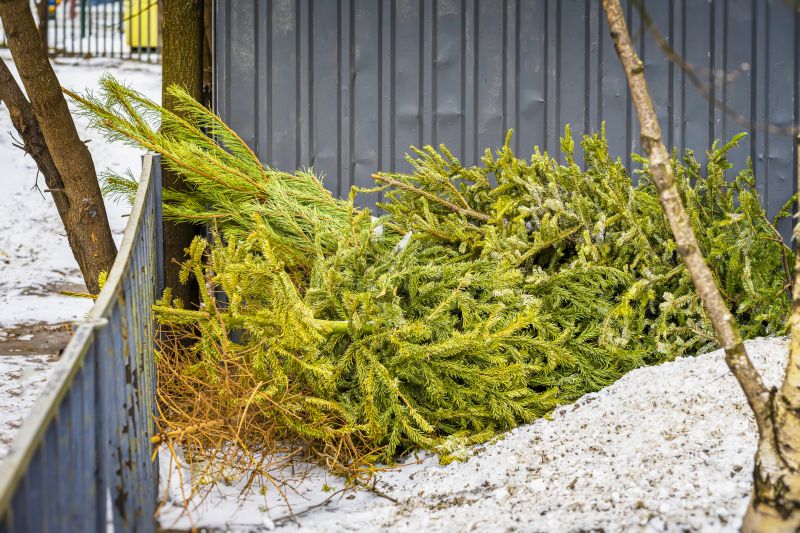
Snow and frozen ground can make removal more challenging but reduce soil disturbance.
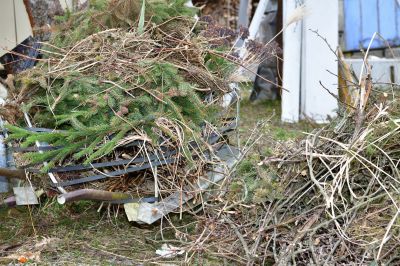
Ideal for quick and safe removal due to dry conditions and less decay.

Fallen leaves and increased moisture can complicate clearance efforts.

Ways to make Fallen Trees Clearings work in tight or awkward layouts.

Popular materials for Fallen Trees Clearings and why they hold up over time.
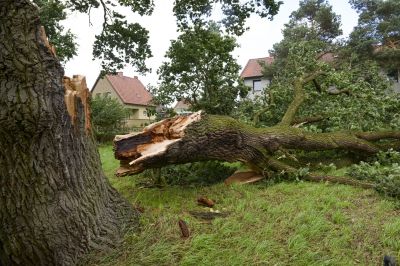
Simple add-ons that improve Fallen Trees Clearings without blowing the budget.

High-end options that actually feel worth it for Fallen Trees Clearings.

Finishes and colors that play nicely with Fallen Trees Clearings.
| Season | Advantages |
|---|---|
| Winter | Frozen ground allows easier access and less soil impact. |
| Spring | Dry conditions facilitate efficient removal. |
| Summer | Lower wildlife activity; suitable in some regions. |
| Autumn | Less ideal due to increased moisture and leaf cover. |
| Late Fall | Potential for weather-related delays. |
Fallen trees clearings involve removing trees that have fallen naturally or due to storms, often resulting from severe weather events. These clearings help maintain safety, prevent obstruction of pathways, and reduce fire hazards. The process requires careful planning, especially regarding timing, to ensure minimal environmental impact and operational efficiency.
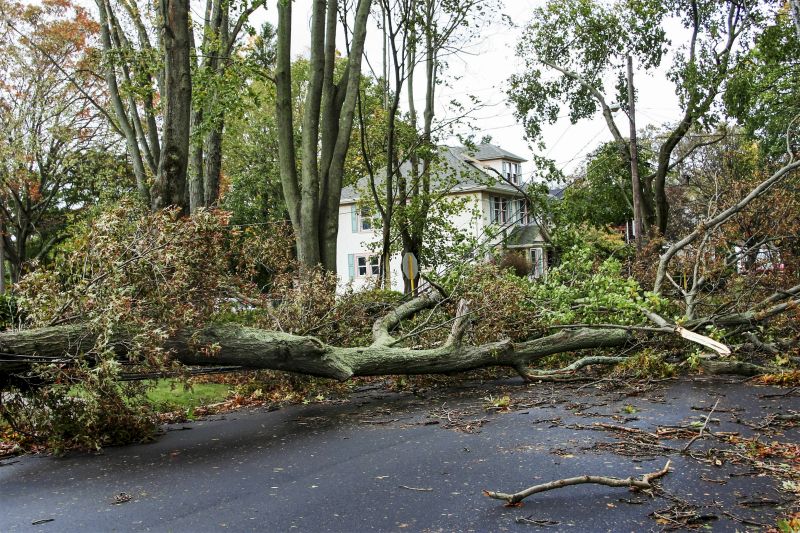
Storms can cause large-scale fallen trees requiring swift clearance.
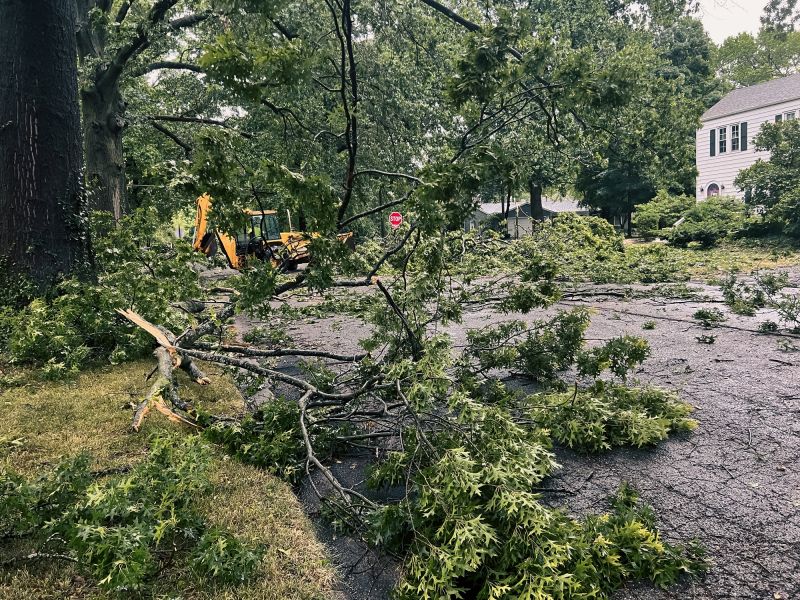
Timely removal prevents further hazards and access issues.

Different seasons influence the ease and safety of clearing operations.

Heavy machinery is used to efficiently remove large fallen trees.

Little measurements that prevent headaches on Fallen Trees Clearings day.

A 60-second routine that keeps Fallen Trees Clearings looking new.
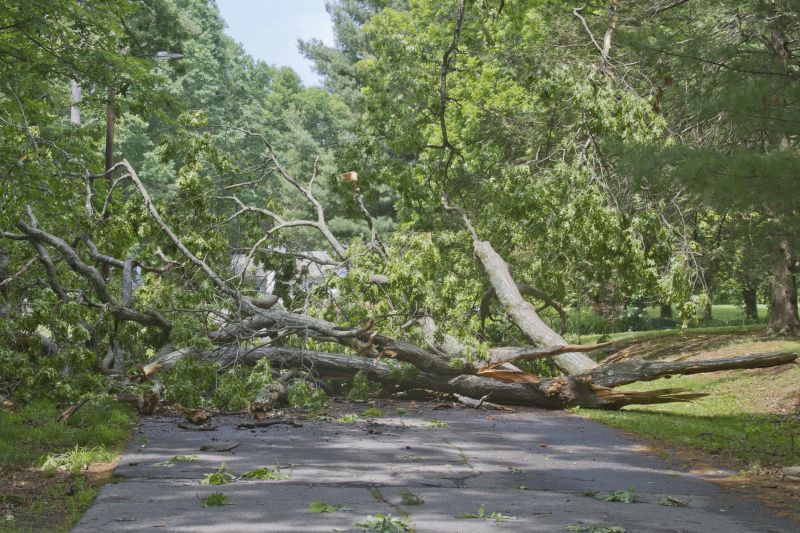
A frequent mistake in Fallen Trees Clearings and how to dodge it.
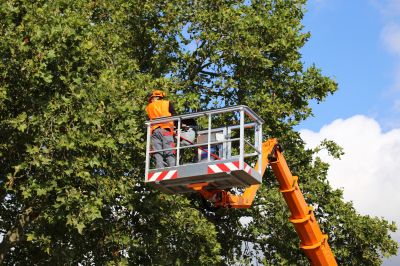
Small tweaks to make Fallen Trees Clearings safer and easier to use.
Scheduling fallen trees clearings at the appropriate time can significantly enhance safety and operational success. Proper timing reduces equipment wear, minimizes environmental disturbance, and ensures compliance with local regulations. Awareness of seasonal patterns and weather forecasts is essential for planning effective clearance activities.
Interested parties are encouraged to contact for further details on scheduling and executing fallen trees clearings. Proper planning ensures efficient and safe removal tailored to specific site conditions.
